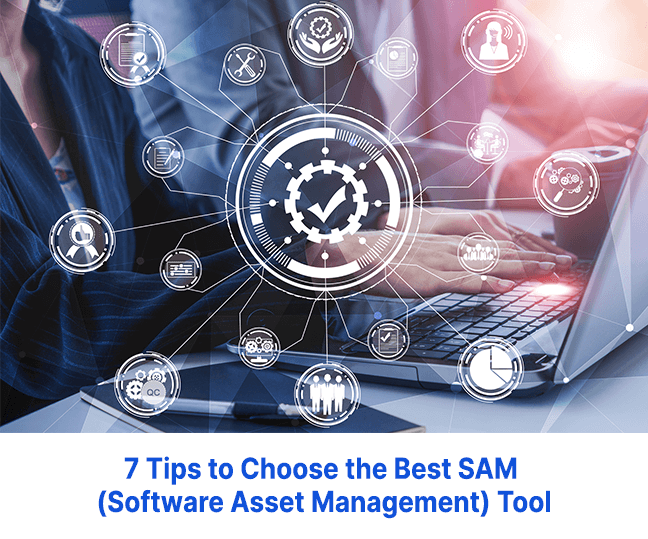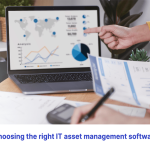Did you know that a growing number of companies use an estimated number of more than 100 apps every day? There are many reasons behind this. Companies use free apps three times more than paid ones.
Also, the rise of software asset management tools in various organizations is a rising trend these days. The IT industry is one of the prominent recipients of these tools.
The concept of software asset management revolves around maintaining an optimal balance between licensed software assets. The user can track the usage of assets between the time of procurement and disposal.
It has a lot of benefits for companies eyeing massive growth in the upcoming time. So, if you are a business owner and are considering opting for a software asset management tool, here is a guide to buying a SAM tool that will help you out.
1. Company Size
Randomly opting for an asset management solution to your company is going to increase your expenses.
The cost of unused software feels like a burden. It is high. In the last four years, many companies in the US have wasted USD 30 billion.
So, it is better to choose a SAM tool that works well with the size of your organization. Choosing to go for a relatively small tool for small teams is better than wasting chunks of money on acquiring a tool that does not serve the purpose.
Asana and Trello are amongst the popular hits for small businesses.
2. Characteristics
There is no point in finding the right SAM tool until you are thorough with the characteristics that it brings to the table.
Here are seven must-have features that you look out for if you plan to invest in a SAM tool to cater to your business needs.
- generates real-time information.
- sends relevant alerts and notifications.
- offers seamless integration.
- allows asset tracking.
- includes cloud-based technology.
- formulates check-ins and check-outs.
- offers a mobile and user-friendly interface.
3. Infrastructure Complexity
Some companies have smaller rooms for working. They confine themselves either to a single location or a single city.
But, other companies are extending their roots across multiple locations. Management of software licenses in such a situation is crucial.
So, it is better to look at your infrastructure complexity before choosing the management tool for your business.
4. Reporting Expectations

A comprehensive asset management tool will help report the expectations of a larger target audience.
However, if you have a small business and are still in the growing phase, it is better to go for a more straightforward tool to decode the expectations of your audience.
5. Software Asset Management Tool Functionalities
The SAM tool buyer’s guide suggests you check for the tool functionality. From valuable business insights into the software license usage, the presence of an asset management tool extends an array of options.
You can choose to upgrade the tool whenever you feel like it. In addition, it has a positive impact on the scope of optimization.
So, invest in a tool that improves the process of policy enforcement and maintenance of compliance and security in the long run.
6. Architecture
Valuing an asset management tool for your business holds utmost importance. Software vendors tend to use software audits to let them act as a source of revenue during an audit.
However, companies are yet to disclose a way of defending themselves from the high claims.
Choosing a software that goes with your company’s architectural build can do wonders for your future goals.
You can even go for a 30% expense elimination and divert the funds for profitable ventures. It acts as a link between tracking and optimization of licenses for you.
7. Compatibility
There’s a chance you’ll use different software for different business needs. So, going for heavy purchases blindly will not take you anywhere.
Instead, go for a trial and check how the tool’s compatible with already functioning devices and other business equipment.
The bottom line
The crisp management of a software lifecycle in a business is a crucial step.
“How to pick the right SAM tool?” will always be a matter of concern for any business if the buyers don’t focus on the customized needs.
So, list down what you seek from the tool, and don’t forget to do market research based on your expectations and, most importantly, your budget!























